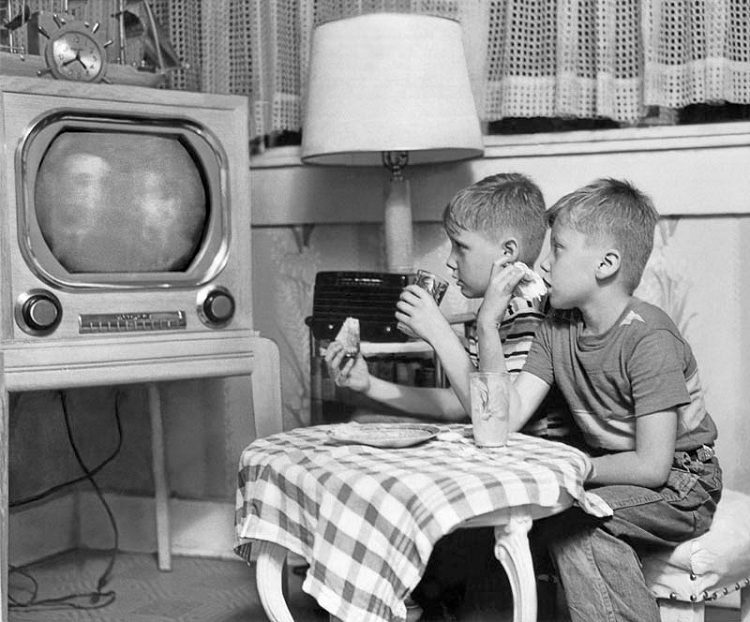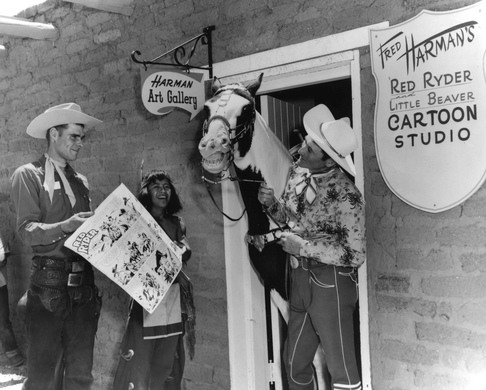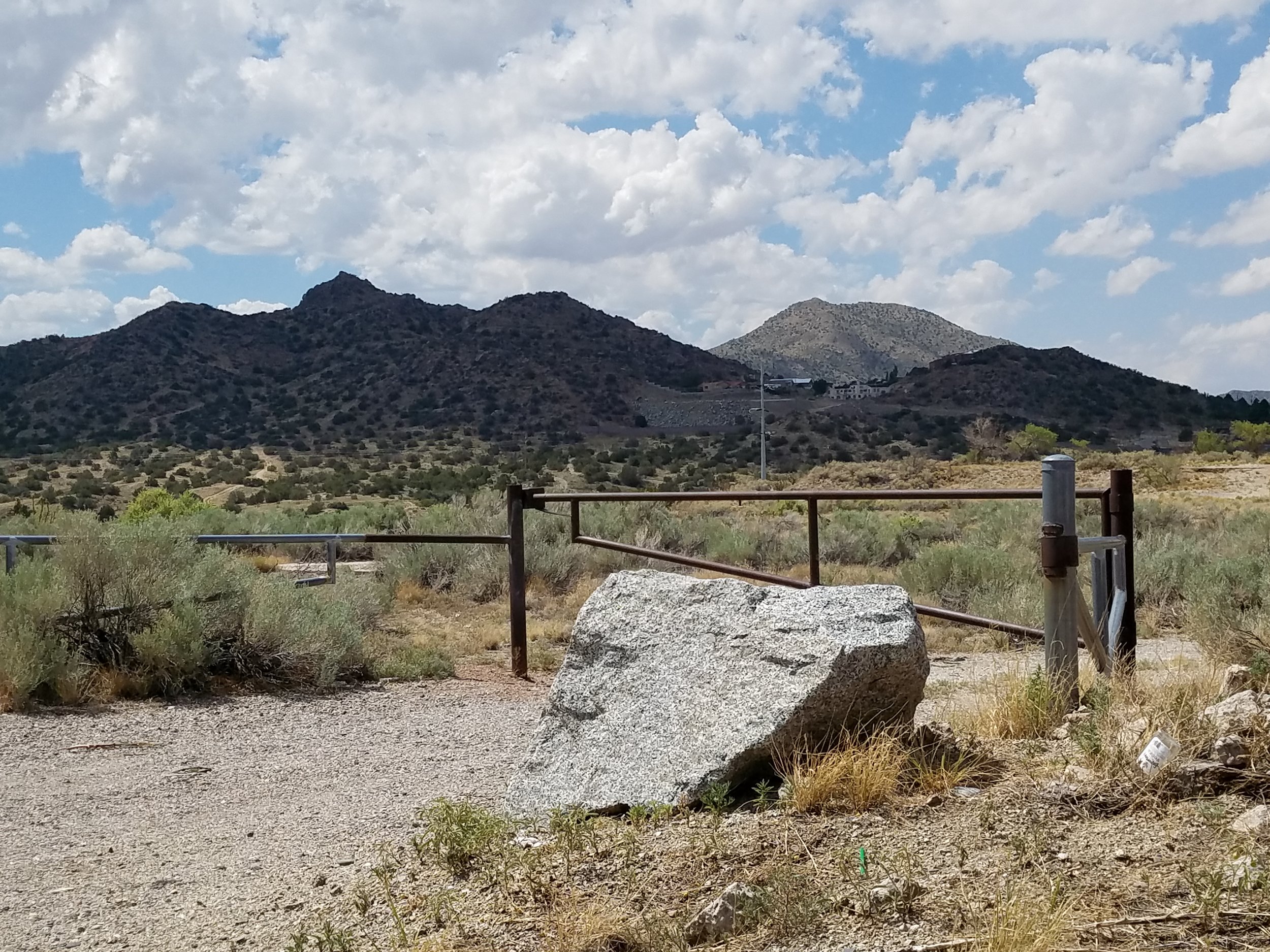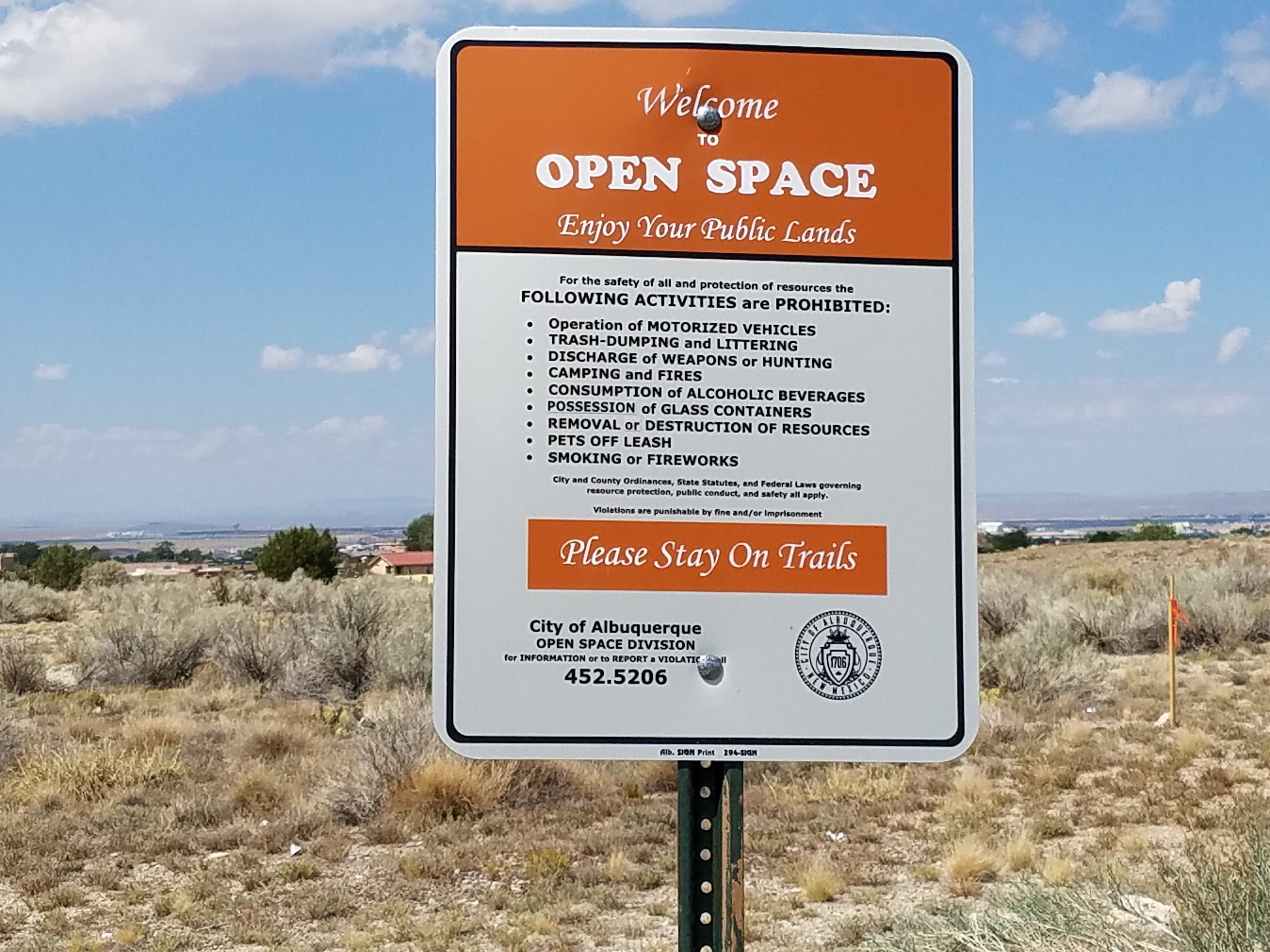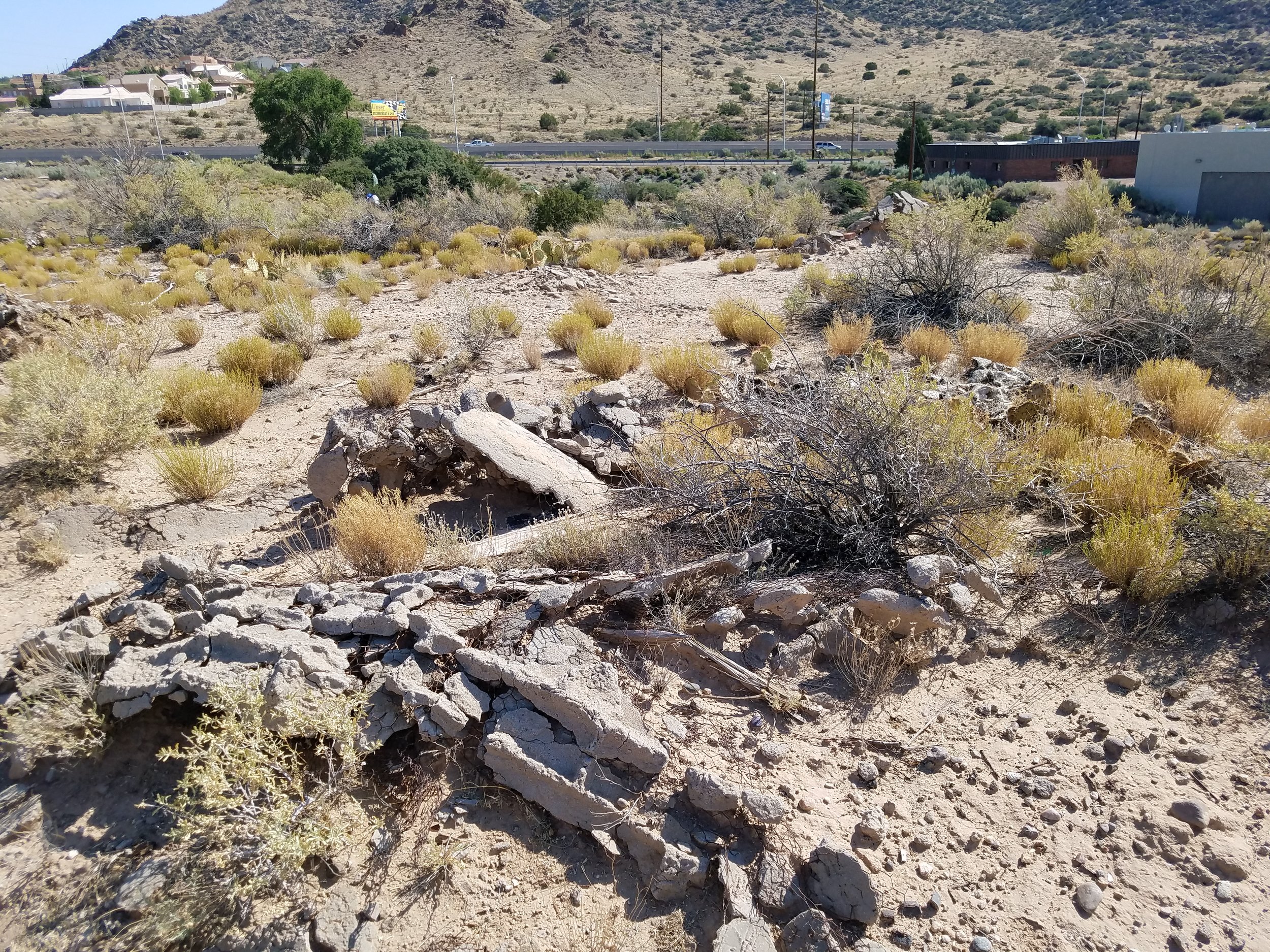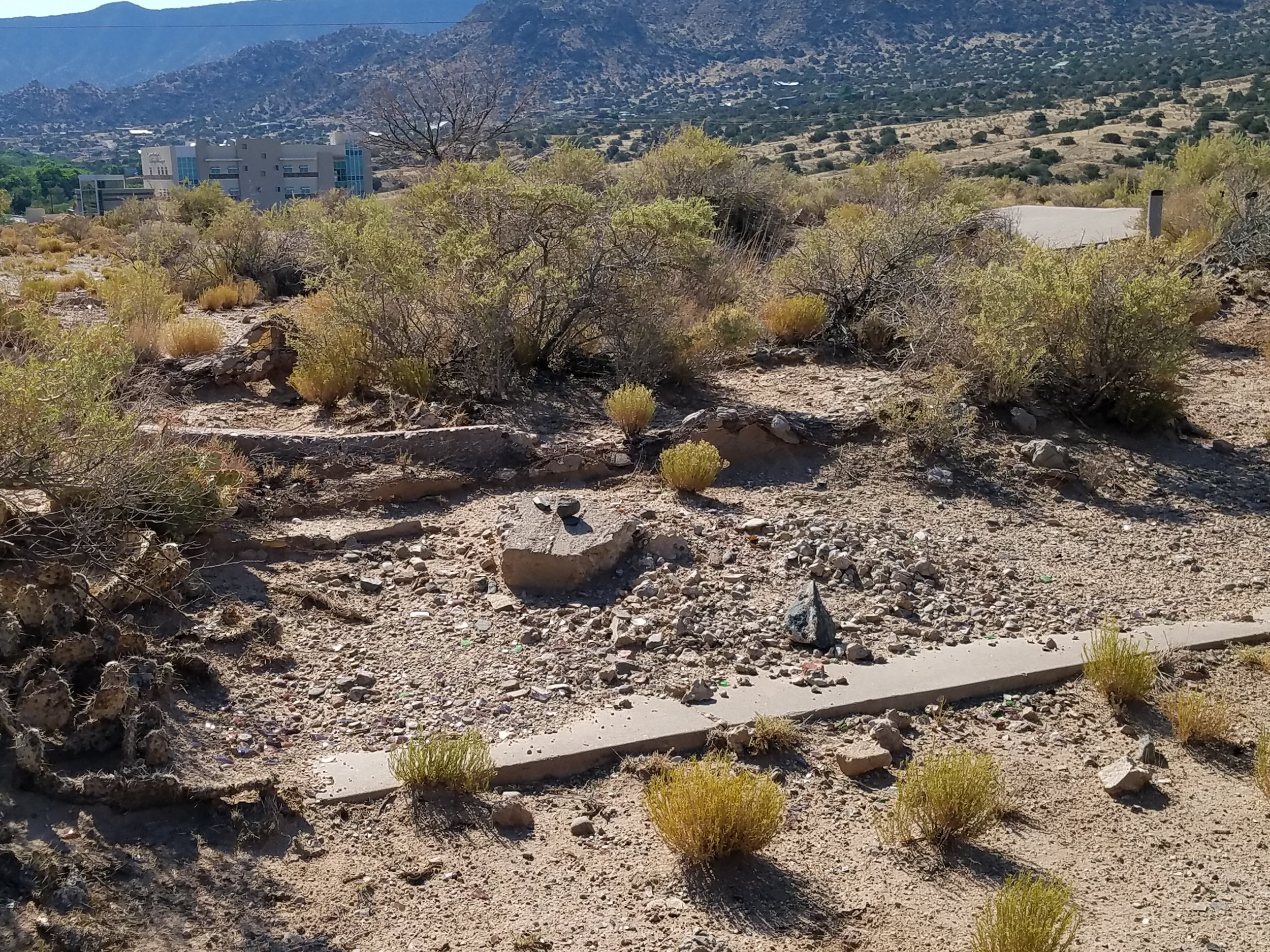Finding Little Beaver Town

The idea was so brilliant and the plan was so good, the investors rushing to get in on the ground floor couldn’t believe their luck.
It was 1959 and middleclass families with carloads of cowboy-crazed kids were fanning out across America to see the USA. Many of them were traveling along Route 66, America’s Mother Road, which passed though the city of Albuquerque. Some travelers were stopping in New Mexico’s largest city, but local business leaders wanted to find a way to attract more visitors and to convince them to spend more money in the area.
They looked to California for inspiration. The spectacular success of Disneyland, which had opened in 1955, had silenced critics who had scoffed at the idea of an elaborate, expensive theme park. Could the California concept work in New Mexico?
When the idea of an Old West attraction with costumed cowboys and real Indians surfaced, Albuquerque’s tourism establishment was sure they had a winner on their hands.
Like Disneyland, the new park would be family oriented, a place with something for everyone. While the kids were living out their Wild West fantasies by riding burros down a dusty Main Street, Dad could sip a cold beer and watch dancing girls in the saloon and Mom could shop for colorful postcards, western curios and jewelry in a recreated Indian village.
With easy access to and from Route 66, proximity to motels, gas stations and restaurants, it was safe to assume many families would make their soiree into the Old West a multi-day adventure.
Star Power
When the fact that the park would have celebrity tie-ins was revealed, any lingering doubts about the project’s viability evaporated. The park would not just feature two of the most popular kiddie cultural icons in America: Red Ryder and Little Beaver, comic book heroes and the stars of radio, movies and TV. It was going to be called Little Beaver Town.
Albuquerque was able to pull off this marketing coup because of Fred Harman, the cartoonist who drew the Red Ryder and Little Beaver comics. He maintained two homes: a ranch in Pagosa Springs, Colorado and one in Albuquerque. Fred Harman was a key investor in Little Beaver Town and his association with the park undoubtedly helped attract others to the project.
Fred Harman
Red Ryder and Little Beaver, a red-headed cowboy and his young Native American sidekick, had debuted in a newspaper comic strip in 1938. Red Ryder was your typical rugged good guy and Little Beaver was a clever, wise boy who regularly outsmarted adults and saved the day. As one of the few children in western comics, Little Beaver had a huge fan base.
The first stand-alone Red Ryder comic book hit the newsstands in 1940. A weekly radio show soon followed and in 1942 Red Ryder movies began captivating young Saturday matinee fans. Before it was all over more than 35 movies and short serials with enticing titles such as Rustlers of Devil’s Canyon and Sun Valley Cyclone had been released.
The characters were such a cultural fixture that Bugs Bunny got in on the act. A cartoon parody called Buckaroo Bugs featuring a cowboy called Red Hot Ryder was released in 1944.
The media side of the operation was huge, but the Red Ryder and Little Beaver franchise was much more than print, radio and movies.
Any self-respecting Red Ryder fan would do whatever it took to get his or her (yes, there were cowgirls too) hands on official Red Ryder and Little Beaver merchandise. Novelty items, toys, sporting equipment, school supplies, lunchboxes and clothes were available in the “Red Ryder Corrals” located exclusively in JC Penney stores. Everything was popular and sold well, but nothing matched the allure of the Red Ryder BB gun.
If you’re too young to remember any of this but it sounds vaguely familiar anyway, place the blame squarely on The Christmas Story, the 1983 movie that runs on many TV stations in an endless loop during the holidays. The film is an enjoyable, nostalgic look at the world of mid-century kids. The plot revolves around a boy named Ralphie and his burning desire for “an official Red Ryder, carbine action, two-hundred shot range model air rifle.” Yes, Ralphie was referring to our Red Ryder.
For many kids, Red Ryder and Little Beaver transcended their roles as fictional characters and purveyors of swell stuff. They became real.
Actors portraying the duo made countless personal appearances. Astride four-legged stand-ins for their superstar horses Thunder and Papoose, regional versions of Red Ryder and Little Beaver turned up at rodeos, powwows and county fairs from coast to coast. They also made regular appearances at local TV stations that ran cartoons and serial shorts like Sky King on Saturday mornings and weekday afternoons. The number of children transfixed by the flickering black and white images of these kiddie shows was staggering.
Breaking Ground
Construction on Little Beaver Town got underway on a site alongside Route 66 at the mouth of Tijeras Canyon on the far eastern edge of town. There was a huge parking lot to accommodate the anticipated throngs of visitors and a couple of small administrative buildings in the center of the site. A scaled-down replica of an old-fashioned train with open-air cars and a chugging locomotive circled the park's perimeter. Otherwise the property was basically divided into two sections: the Indian village on the east side and the cowboy town on the west.
The Indian village consisted of a few pueblo-style buildings where tourists could stock up on turquoise jewelry, Indian dolls, child-sized feather headdresses, toy bows and arrows, plastic war clubs, rubber tomahawks and “real” arrowheads. There was a concrete slab across from the shops that served as an outdoor stage where Apache Eagle Dancers and drummers performed.
The cowboy town included the Red Bull Saloon, the largest structure in Little Beaver Town; an art gallery where visitors could purchase Red Ryder creator Fred Harman’s drawings and possibly even meet the cartoonist himself; and a general store called The Rattlesnake filled with goodies like Red Ryder shot glasses, ashtrays and backscratchers.
Food concessions specializing in kid-friendly cuisine like ice cream and hotdogs were clustered around an area that would be called a food court today. There was even a photography studio where tourists could slip into old-fashioned western attire and have a souvenir antique photo made of the entire family.
There was also a bank with very lax security that was regularly targeted by armed and dangerous bad guys. When Red Ryder, played by Dave Saunders, dashed onto the scene to foil the robbery, the villains shot him in the leg. As he slumped to the ground Little Beaver, played by Troy Vincente, charged fearlessly into the midst of the action and helped Red Ryder limp to safety. Red Ryder then won the gunfight. The robbers hit the bank five times a day.
Dave Saunders and Troy Vincente as Red Ryder and Little Beaver
Attempted bank heists weren’t the only things happening around town. Shootouts frequently occurred at the Western Skies Hotel building whose second story balcony was the scene of many fist fights that ended with dramatic plunges onto the street below.
The Western Skies building wasn’t just a good place to get into a fight. It housed a reservations office for a real hotel of the same name located less than half a mile west of Little Beaver Town.
Although Route 66 was a wonderland of motels catering to every taste, need and budget, the Western Skies was in a class of its own. It wasn’t just the place to stay on the Albuquerque stretch of 66, it was one of the best hotels in the Southwest.
Owned and managed by Sheraton, the Western Skies was a resort. Even though it was next to the highway and featured an enormous parking lot, it called itself a hotel as opposed to a motel. Opened in 1959, while Little Beaver Town was in the planning phase, it had fabulous mountain views, a big swimming pool, a state-of-the-art conference center, a gift shop, a beauty salon, a cocktail lounge (which is what upscale bars were called back then) and a swishy dining room with a swanky chef.
The Western Skies Hotel was round and its décor was Navajo Modern, a style local historian Mo Palmer describes as involving lots of wood, stone and running water. It attracted celebrities such as Elvis Presley, Liberace, Red Buttons, Pat Boone and Kirk Douglas. Even President Kennedy checked in when he visited nearby Sandia Labs in 1962. Some say Marilyn Monroe was with JFK on his one-night visit to Albuquerque, a rumor that is probably false but persists nevertheless.
The Western Skies Hotel with Four Hills Road in the background
Fade to Black
In July of 1961 Little Beaver Town opened with great fanfare. Its investors were thrilled when more than 5000 people flooded through the gates. Unfortunately for everyone involved, the opening day crowd was the largest the park ever attracted. At the end of the 1964 season Little Beaver Town closed for good. It only existed for three years.
It’s hard to say what went wrong. The answer is probably lots of things. The cowboy western craze had peaked and was rapidly losing its luster. Local people didn’t support the park. They didn’t bring their kids for their birthdays or wow their out-of-town guests with exciting afternoons in the Old West. Maybe they felt they didn’t get their money’s worth. Maybe it was something else entirely.
The tourists didn’t materialize either. Little Beaver Town opened around the same time the section of Interstate 40 through the far eastern reaches of Albuquerque was being completed. Almost overnight Little Beaver Town's stretch of Route 66 became a backroad. The I-40 exit (now called Tramway) was less than a mile from Little Beaver Town, but people didn’t bother to make the detour.
Although Little Beaver Town was one of the first casualties of the traffic diversion, it wasn’t the last. Before too long hundreds of motels, souvenir shops, gas stations, restaurants and other tourist-oriented businesses along the old Mother Road felt the pinch.
The Western Skies Hotel outlived its Route 66 neighbors by more than two decades. As the years went by, however, its reputation and appeal faded until it became a shabby hangout for prostitutes and drug addicts. It was razed in 1988. It was located approximately where the Smith’s Supermarket at Tramway and Central is now.
Fred Harman, along with many others, suffered a devastating financial loss when Little Beaver Town failed. He left Albuquerque and returned permanently to Pagosa Springs, Colorado. But Fred Harman’s story had a happy ending. When the Red Ryder comic strip ended not long after the park closed, he devoted himself to working in oils. He is widely recognized as one of the most talented painters of the American West. There is a museum in Pagosa Springs dedicated to his life and art. You can find out more about the museum and Fred Harman here.
And what happened to Little Beaver Town? What became of the Red Bull Saloon, the Indian village and the robbery-prone bank? Most of the buildings were defaced, vandalized and quickly fell into ruin. A few burned. The Red Bull Saloon held on the longest. It was renamed Sage City and briefly served as a venue for teenage dances. The site was abandoned for good in the 1970s.
In 2010 when Albuquerque's eastward expansion reached the edge of what had been Little Beaver Town, the city purchased the site and named it the Route 66 Open Space. They hope to develop trailheads there that lead into Tijeras Canyon. They would also like to add some interpretive markers to help people visualize what Little Beaver Town was like in 1961.
In its current state, the site appears to be nothing more than vacant land filled with cactus and broken glass. But bits and pieces of Little Beaver Town remain and they are fairly obvious once you know where to look.
This shot from across Tijeras Canyon shows the site of Little Beaver Town, the vacant space between the houses and the office building. The semi in the center of the shot is on I-40.
Exploring Little Beaver Town
The site of Little Beaver Town is easy to reach. It lies on the south side of Historic Route 66, also known as Central Avenue and New Mexico Route 333. It is within the Albuquerque city limits about one mile east of the Tramway exit from Interstate 40.
The main danger in trying to visit the site is missing it entirely. It is the empty space between the Believers Center and the edge of a housing development that lie to its west and Abbot Medical Optics and the American Society of Radiologic Technologists to the east.
There is no Little Beaver Town sign. There are, however, two small orange and white Route 66 Open Space signs. There is a gate that opens onto a large gravel parking lot. If the gate is unlocked, swing it open, go into the parking lot and close it behind you. Or just park on the gravel pulloff area beside the road and duck under the gate or walk around it. Don't worry. The site is public. You will not be trespassing.
A word about expectations. Exploring Little Beaver Town is not the same as wandering through a largely intact archeological site such as the ruins of Pompeii or strolling around a spectacular ancient temple like the Acropolis. The remnants of Little Beaver Town are in an advanced state of deterioration and visualizing what the park once was requires patience and a good imagination.
However, for hardcore history geeks, urban archeology enthusiasts, people who visited Little Beaver Town as kids and those who love the challenge of finding that which is hidden in plain sight, a walk around the area will be interesting. Plus it’s a fun place to take pictures.
There is lots of broken glass and some trash scattered around the site. You may encounter homeless people who sometimes camp in the area. There is no shade. Bring water. There may be snakes. Wear appropriate shoes and watch where you step.
To orient yourself, take a good look at this aerial shot of the park in its heyday. The highway at the top of the image is Route 66, still in the same place. The parking lot is also in the same place. Stand in the parking lot with your back to 66 then walk straight ahead toward the dropoff into Tijeras Canyon, perpendicularly away from 66 in other words.
This is what you’ll see.
The remains of a wall near the entrance.
If you look closely at the old aerial shot above, you'll notice something that looks like a low, circular curb near the entrance. I have no idea what its purpose was but its remains are clearly visible.
This was Main Street through the cowboy side of town. It curves around the site and comes back to the entrance through the Indian village side.
This slab with what's left of restroom plumbing was deep inside the Red Bull Saloon.
These steps led to an area that would be called a food court today.
There are slabs and fragments of foundations all over the site.
As you stand facing the site, the cowboy town was on the right side, the west toward downtown, and the Indian village was to the left, or toward the east. There are several piles of debris from the little pueblo-style buildings that were in the Indian village.
This slab in the Indian village was for dances and other performances.
Take another look at the old aerial shot and you'll notice two teepees at either side of the park at the edge of the parking lot. There were made of concrete and were painted. The one that was on the cowboy side is long gone but crumbling pieces of the one near the Indian village are in a pile near the old parking lot. The fragments are easy to spot because of the turquoise paint still clinging to some of them. Look at the picture of the Indian village above and you'll see the top of the turquoise and white teepee in the background.
Resources and More Information
Thanks to Roland Penttila and the Albuquerque Historical Society for shining a light on Little Beaver Town's story. Mr. Pentilla’s informative lecture at the Albuquerque Museum, which included a special appearance and comments by Troy Vincente who played Little Beaver, inspired this post. Mr. Pentilla, in conjunction with the Albuquerque Historical Society and staff from the City of Albuquerque, also led an interesting tour of the site. Thanks to all involved. Find out more about the Albuquerque Historical Society here and about the city’s Open Spaces here.
Video
There is a home movie of Little Beaver Town on You Tube. Find it here. Just over three minutes long, it's shaky, silent, faded, out-of-focus and fascinating, especially if you plan to visit the site. Watch for the concrete teepees and the appearance of the steps to the food court, one of the best preserved elements at the site. The footage includes a shootout, horses, the train and some kiddie amusement park rides that were there briefly. It's labeled as being from 1961. Thanks to Randy Wright for sharing it. Love the happy boy who runs to the car at the end. He's what Little Beaver Town was all about.
UPDATE June 29, 2019 - Dan Gibson purchased a home movie of Little Beaver Town’s opening day in 1961 from the Fred Harman estate. He digitalized it and posted it to You Tube. It’s an amazing 11-minute time capsule. View it here especially if you plan to visit the site. Everything you see there will make a lot more sense. Cudos to Dan Gibson for preserving and sharing this great piece of film.
Audio
City on the Edge is a locally produced podcast that focuses on Albuquerque's unique and often quirky history. It's very well done and it's addicting. They recently released an episode about Little Beaver Town that includes an extensive interview with Roland Pentilla. You can listen or download it by visiting iTunes, Stitcher or other podcast platforms. Visit City on the Edge's website here. Highly recommended.
Photos
The vintage shots of Little Beaver Town in this post are from the digital collection of The Center for Southwest Research, University Libraries, University of New Mexico. The pictures posted here are just a sampling of what's available. You can view the entire collection of Little Beaver Town images here.






